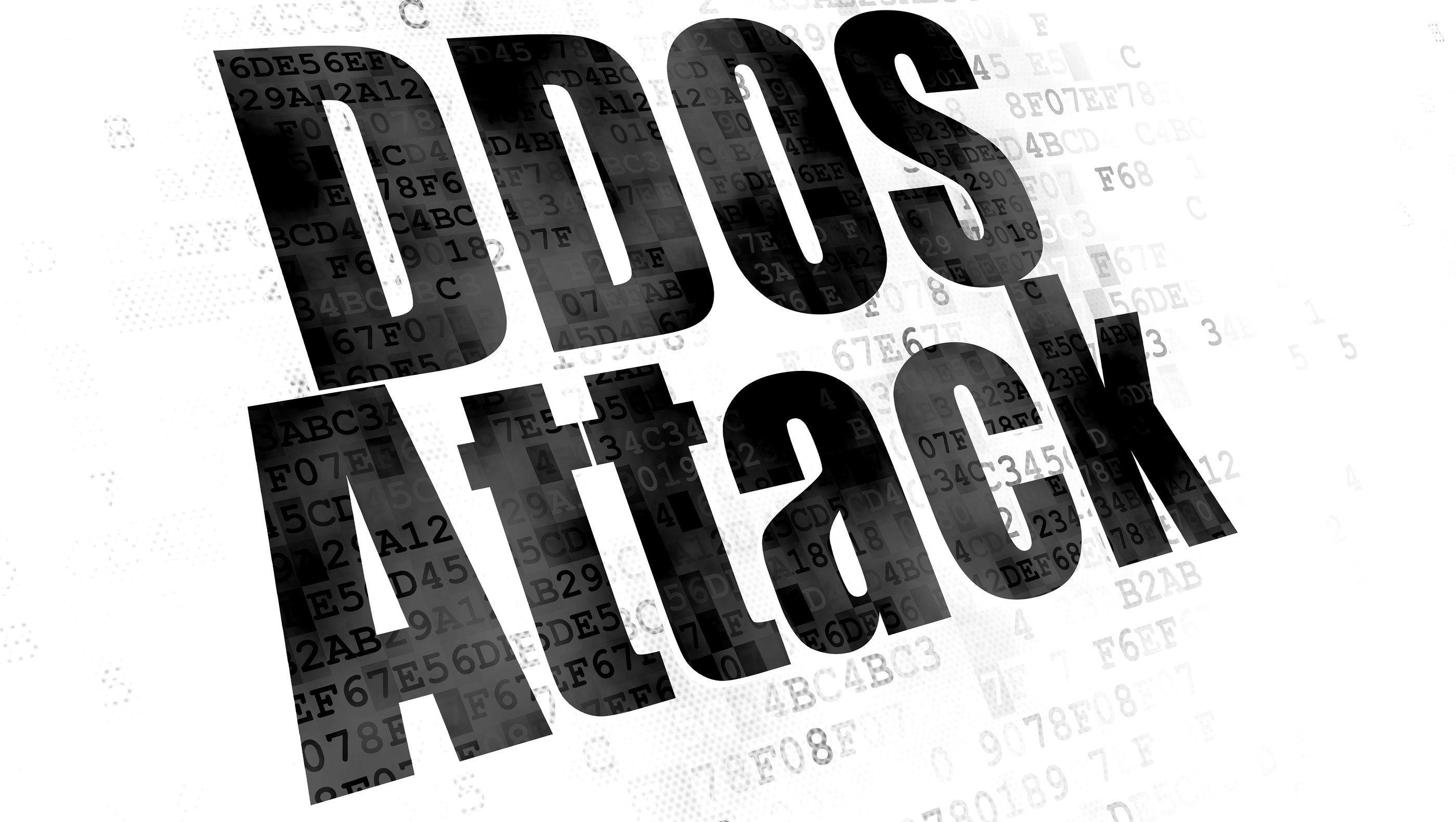IoT botnets are on the rise and 5G isn’t helping anything
Botnets are more common and coming in more diverse strains than ever before


The detection of IoT botnets is at an all-time high and the number of varieties is also steadily rising - two trends that are showing no signs of slowing down.
That's according to Kevin McNamee, director of threat intelligence at Nokia who added that the advent of 5G 'creates more problems than it solves'.
Referencing figures from Nokia's 2019 Threat Intelligence Report, McNamee said the telecoms giant observed 78% of botnets carried active malware, 35% of which shared similarities in either code or attack methodology with 2016's Mirai.
The hugely successful Mirai botnet in 2016 which was responsible for one of the biggest DDoS attacks in history, has inspired a wide portfolio of newer iterations that are pervasively proliferating.
Satori and Reaper botnets are examples of the more malicious variants which succeeded Mirai, while Hajime copied Mirai's attack methodology to plug the vulnerabilities its malicious predecessor exploited in the first place - a bot for good.
Researchers at Unit 42 announced in March that they had discovered another new variant of Mirai that had an updated attack methodology, a wider-reaching attack surface which specifically targeted enterprise IoT devices.
Any device that's visible on the open internet right now can be targeted by an IoT botnet and if it has a vulnerability as well, then it will be hacked within minutes, said McNamee, and the advent of 5G complicates things further.
Get the ITPro daily newsletter
Sign up today and you will receive a free copy of our Future Focus 2025 report - the leading guidance on AI, cybersecurity and other IT challenges as per 700+ senior executives
While the next generation of mobile networking has its cyber security advantages, such as network slicing, it also presents issues that could exacerbate the already growing botnet bother.
"Now with 5G, we're going to be moving to much more devices, bigger networks, higher bandwidth and probably the carriers are going to make decisions around what IP addresses to use and likely they'll use IPv6 addresses [rather than the current IPv4 ones]," said McNamee. "So there is the potential to make the wrong decisions that you're opening up the attack surface by making those devices visible."
He also noted that due to more IoT devices becoming potentially visible, it means that bots can recruit more devices through which it can launch offensives like DDoS attacks. These can then become far more damaging than before due to the larger bandwidth that 5G affords.
"More IoT devices means bigger botnets," he said. "So nowadays, when you see a botnet of 100,000 bots, think five years down the road, [we could see] a botnet of 1 million, 2 million or 10 million bots."
In addition, the ability for a 5G network to be 'sliced' or segmented by the carrier might also present problems that it otherwise intends to solve.
Network slicing is emblematic of classic cyber security best practice: segmenting different parts of a network so attackers can't move across the whole company. Alongside the more inherently secure and encrypted 5G control plane, the slicing capability gives businesses an added layer of network security and a way of mitigating the negative possibilities of attacks exploiting higher bandwidths.
However, segmenting the network can also make an attacker's job easier by signposting where the information they want resides. It's like the context page of a textbook indicating the page of a topic but also the pages on which you can easily find different sub-topics.

Connor Jones has been at the forefront of global cyber security news coverage for the past few years, breaking developments on major stories such as LockBit’s ransomware attack on Royal Mail International, and many others. He has also made sporadic appearances on the ITPro Podcast discussing topics from home desk setups all the way to hacking systems using prosthetic limbs. He has a master’s degree in Magazine Journalism from the University of Sheffield, and has previously written for the likes of Red Bull Esports and UNILAD tech during his career that started in 2015.
-
 Should AI PCs be part of your next hardware refresh?
Should AI PCs be part of your next hardware refresh?AI PCs are fast becoming a business staple and a surefire way to future-proof your business
By Bobby Hellard
-
 Westcon-Comstor and Vectra AI launch brace of new channel initiatives
Westcon-Comstor and Vectra AI launch brace of new channel initiativesNews Westcon-Comstor and Vectra AI have announced the launch of two new channel growth initiatives focused on the managed security service provider (MSSP) space and AWS Marketplace.
By Daniel Todd
-
 How secure is Gmail?
How secure is Gmail?Tutorials The practical steps you should take to secure your Gmail account, from implementing 2FA to performing regular checkups
By Davey Winder
-
 CMS platforms succumb to KashmirBlack botnet as businesses rush online
CMS platforms succumb to KashmirBlack botnet as businesses rush onlineNews Businesses warned to prioritise security as coronavirus forces many to ply their trade digitally
By Keumars Afifi-Sabet
-
 Duo unravels massive three-tiered ‘crypto-giveaway’ botnet
Duo unravels massive three-tiered ‘crypto-giveaway’ botnetNews Researchers used a machine learning model to weed through 88 million Twitter accounts for bots and spammers
By Keumars Afifi-Sabet
-
 IoT revenue opportunity to exceed $1 trillion by 2025
IoT revenue opportunity to exceed $1 trillion by 2025News More than half of IoT devices will be deployed in enterprises as the market shifts away from connectivity
By Keumars Afifi-Sabet
-
 Bruce Schneier warns of the IoT's potential for harm
Bruce Schneier warns of the IoT's potential for harmNews IoT warnings sound at Infosec 2017 as experts urge caution
By Zach Marzouk
-
 Security industry 'has failed' to raise awareness of IoT safety
Security industry 'has failed' to raise awareness of IoT safetyNews Symantec urges security pros to work with IoT manufacturers
By Dale Walker
-
 Mirai botnet did not knock Liberia's internet offline, say security experts
Mirai botnet did not knock Liberia's internet offline, say security expertsNews West African country didn't suffer nationwide outage last week, contrary to reports
By Adam Shepherd
-
 ‘Sexy view’ worm takes first step towards mobile botnets
‘Sexy view’ worm takes first step towards mobile botnetsNews A security vendor has released details of a new SMS mobile worm that uses a breakthrough propagation strategy and is targeting mobiles running the Symbian operating system.
By Miya Knights